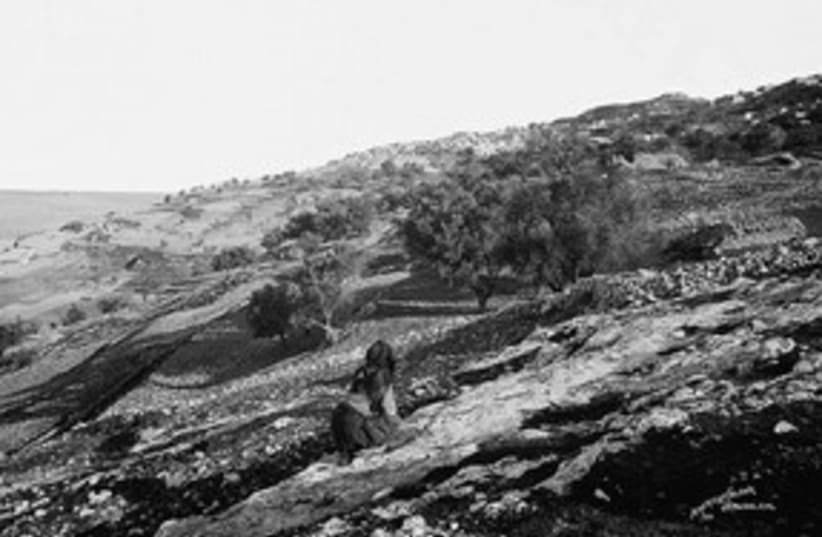
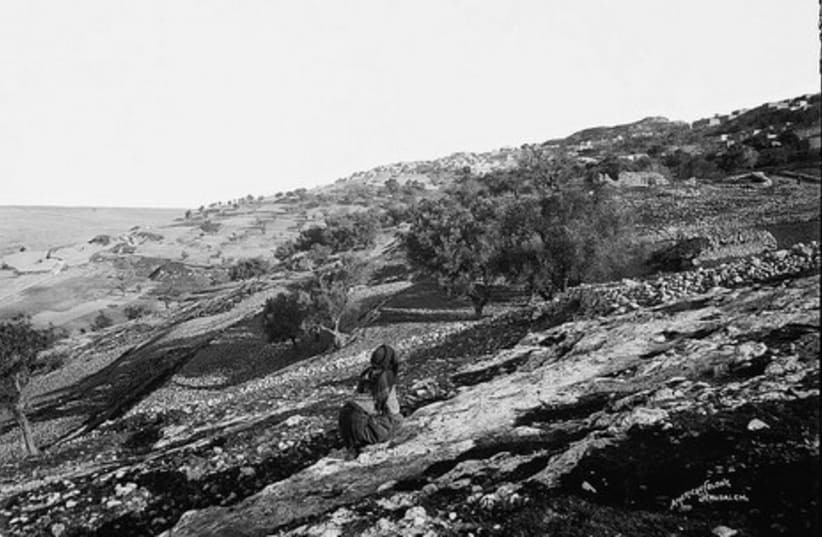
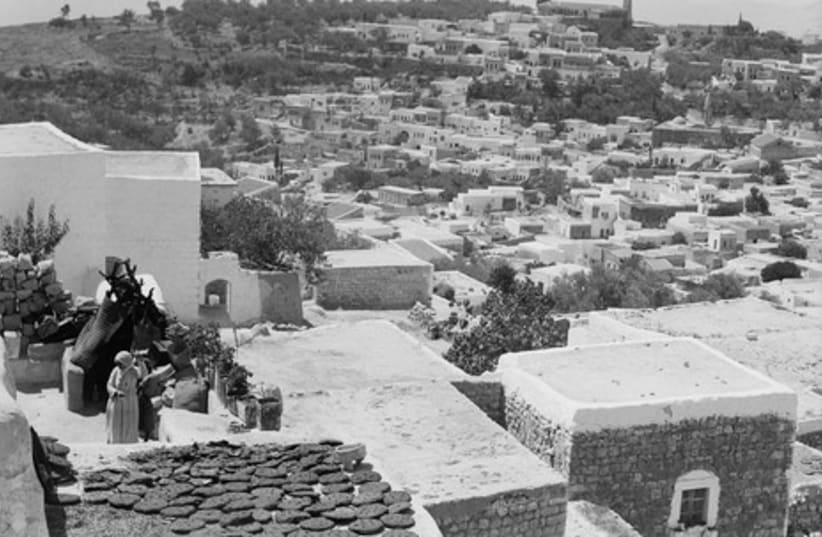
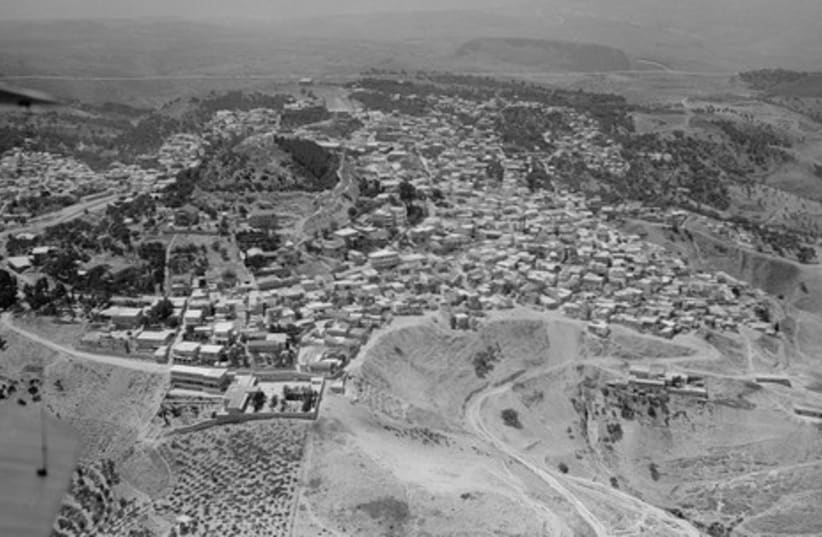
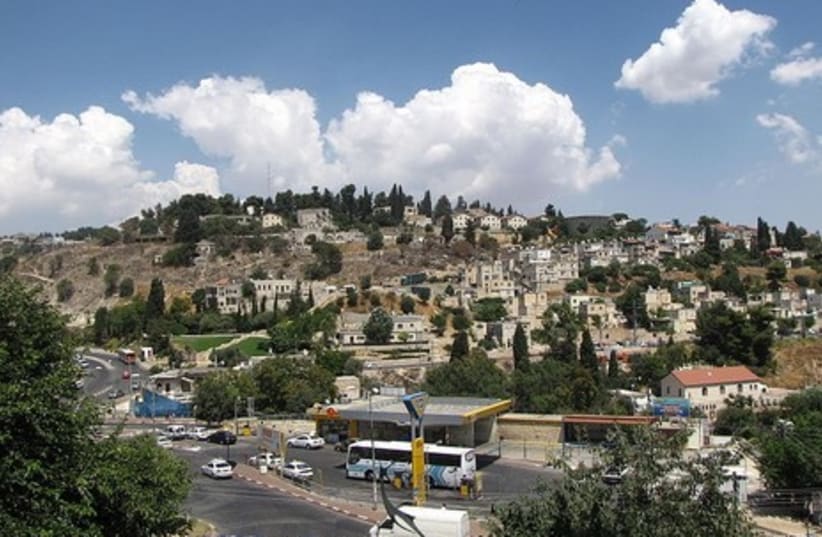

Safed, the Galilee mountain town, is considered one of Judaism's holiest cities, along with Jerusalem, Hebron, and Tiberias.
The town was a magnet for Jews fleeing the Spanish Inquisition and the home of some of Judaism's greatest medieval scholars - Rabbi Yitzhak Luria (the "Ari"), Rabbi Shlomo Alkabetz (author of the prayer Lecha Dodi), and Rabbi Yosef Karo (the author of the Shulchan Aruch code of laws).While Jews flocked to Safed over the last 800 years, they also had to flee on many occasions. Earthquakes, plagues and attacks decimated the community. Over the centuries, Druse, Ottoman and Arab gangs and militias plundered the Jewish quarter and murdered residents. The ancient and famous synagogues of Safed were destroyed in earthquakes in 1759 and 1837 and then rebuilt.In 1929, just days after the massacre of Jews in Hebron, Arab mobs stormed the Jewish neighborhoods in Safed and killed 20 Jews and wounded dozens.Heavy fighting took place in Safed during the 1948 war of Israel's independence. The Arabs of Safed fled, many fearing Jewish revenge for the 1929 massacre.Today, the mountain-top town is home to many artists and galleries.More photos can be viewed at http://www.israeldailypicture.com.